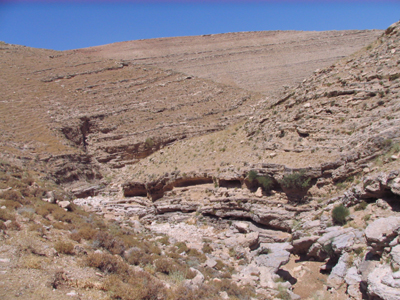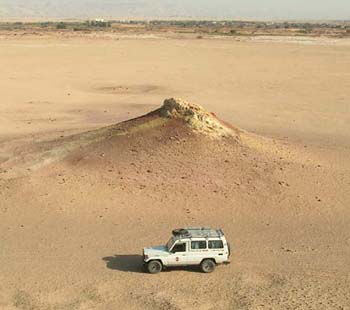Katherine A. Adelsberger
Douglas and Maria Bayer Faculty Chair in Earth Sciences
Assistant Professor, Department of Environmental Studies
Knox College
Current
Research
Jordan
As a co-director of the Dhiban Excavation and Development Project (DEDP) I am interested in understanding the landscape history of the area surrounding Tall Dhiban, in central Jordan, where marginal soils and arid conditions have made subsistence a challenge for hundreds of years. Occupation at the site dates back to the Bronze Age, indicating that people have found ways to manage water resources and agricultural needs despite these environmental difficulties.
Students interested in participating in the DEDP field school during the summer should contact myself or Professor Fatkin at Knox College.
Jordan
As a co-director of the Dhiban Excavation and Development Project (DEDP) I am interested in understanding the landscape history of the area surrounding Tall Dhiban, in central Jordan, where marginal soils and arid conditions have made subsistence a challenge for hundreds of years. Occupation at the site dates back to the Bronze Age, indicating that people have found ways to manage water resources and agricultural needs despite these environmental difficulties.
Students interested in participating in the DEDP field school during the summer should contact myself or Professor Fatkin at Knox College.

